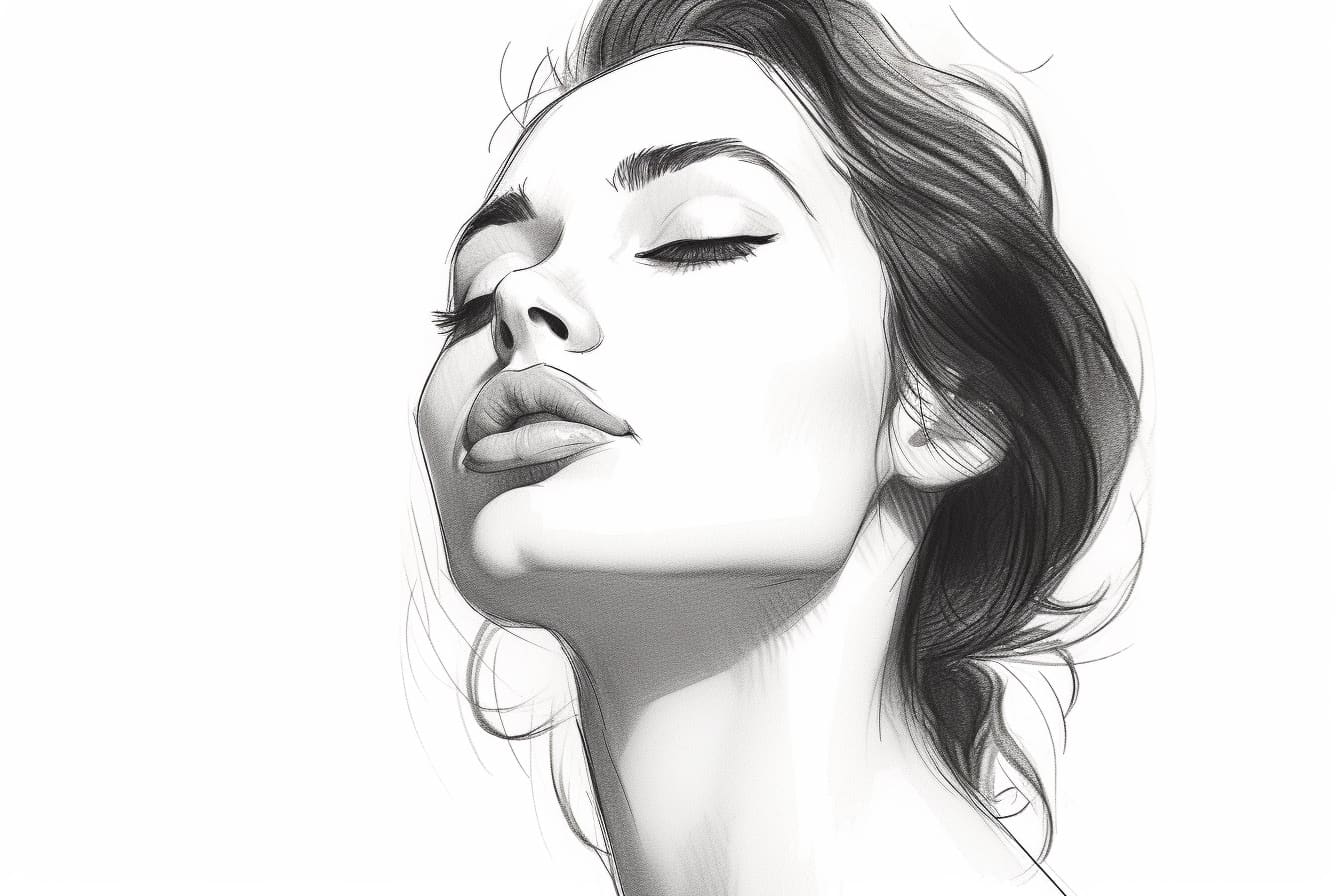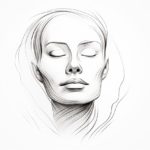Drawing a jawline can add depth and structure to portraits, bringing your characters to life. Whether you’re an aspiring artist or a seasoned professional, mastering the art of drawing a jawline can greatly enhance your artwork. In this step-by-step guide, we will explore techniques that will help you learn how to draw a jawline in a realistic and detailed way. So grab your drawing supplies and let’s get started!
Materials Required
Before we begin, make sure you have the following materials:
- Pencil (preferably an HB or 2B)
- Eraser (kneaded or vinyl eraser)
- Paper or sketchbook
- Reference photo or live model (for better accuracy)
Having the right materials ensures that you can achieve the desired results with ease.
Step 1: Study the Anatomy
Understanding the anatomy of the jawline is crucial to accurately capturing its shape and proportions. Spend some time observing reference photos or studying the skeletal structure of the jaw. Pay attention to the placement and angles of the bones, as well as the muscles and fat that add volume to the face.
Step 2: Start with Basic Shapes
Begin by lightly sketching the basic shapes that make up the jawline. Start with an oval to represent the head and another smaller oval beneath it to outline the chin. These basic shapes will serve as your guide for the jawline’s placement and proportion.
Step 3: Define the Jawline Placement
Using your reference photo or live model as a guide, carefully place the jawline along the bottom curve of the oval representing the head. Observe any distinctive features such as a prominent chin, dimples, or sharp angles, and incorporate them into your sketch. Remember to keep your lines light and fluid for easy adjustments later on.
Step 4: Outline the Chin
Next, focus on the chin. Pay close attention to its shape and position in relation to the rest of the jawline. Use light, curved lines to outline the chin, ensuring that it follows the natural contours of the face. Take your time with this step, as the chin plays an important role in defining the overall appearance of the jawline.
Step 5: Add the Jawline Contours
Now it’s time to add the contours that define the jawline. Start by lightly sketching the outline of the jawbone, following the curves and angles of your reference. Observe the transition from the chin to the sides of the face, taking note of any variations in width and sharpness. Remember, these contours may differ from person to person, so adapt accordingly.
Step 6: Refine the Shape and Proportions
With the basic structure in place, it’s time to refine the shape and proportions of the jawline. Pay close attention to the subtle variations in width, curves, and angles. Use your reference photo or model as a guide and make adjustments as necessary. Take your time to ensure accuracy and symmetry, as small details can greatly impact the overall appearance of the jawline.
Step 7: Add Shadows and Highlights
To add depth and dimension to your drawing, incorporate shadows and highlights. Observe the areas where light hits the face and create lighter tones accordingly. Similarly, identify the shadowed areas and use shading techniques to add depth. Pay attention to the contours of the jawline and use hatching or cross-hatching to create realistic shading.
Step 8: Define the Details
Now that the basic structure and shading are in place, it’s time to define the smaller details of the jawline. Pay attention to any wrinkles, creases, or facial hair. Use short, precise lines to capture these details, making sure they follow the natural contours of the face. These details will add realism and character to your drawing.
Step 9: Refine and Adjust
Step back and assess your drawing as a whole. Look for any areas that may need refinement or adjustment. Use your eraser to lighten or correct any lines that are not aligning with your reference or desired outcome. Take your time with this step, as it is crucial for achieving a polished and accurate representation of the jawline.
Conclusion
Drawing a jawline can be a challenging yet rewarding endeavor for any artist. By studying the anatomy, mastering basic shapes, and incorporating shading techniques, you can create jawlines that bring your portraits to life. Remember to observe and adapt to individual variations, as each jawline is unique. With practice and patience, you’ll be able to confidently draw jawlines that capture the essence of your subjects. So grab your pencil and keep practicing!









